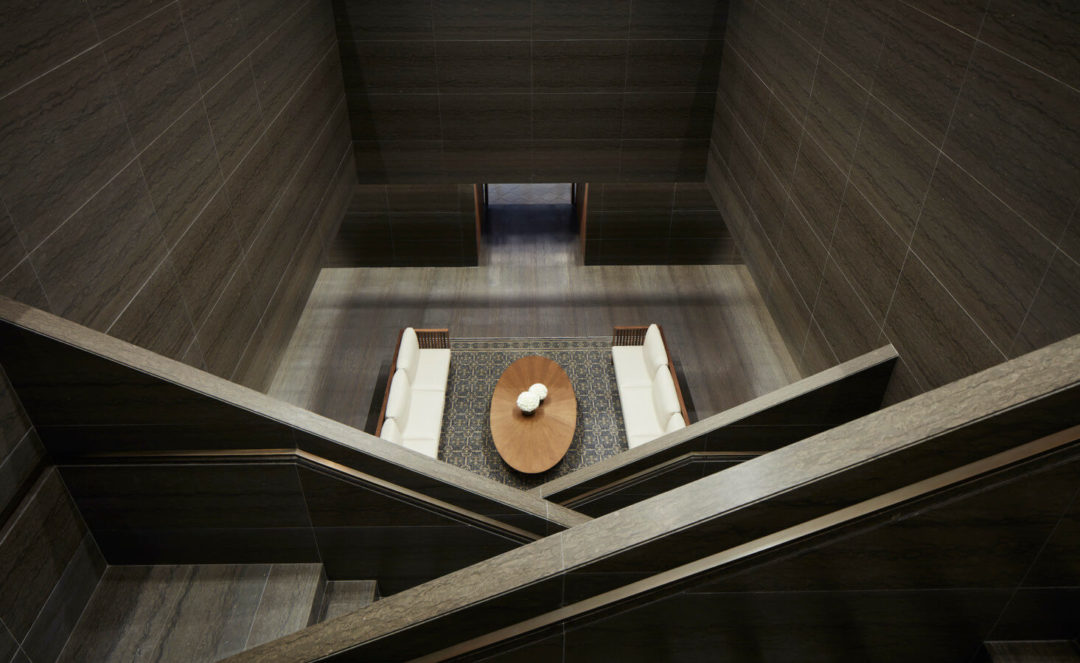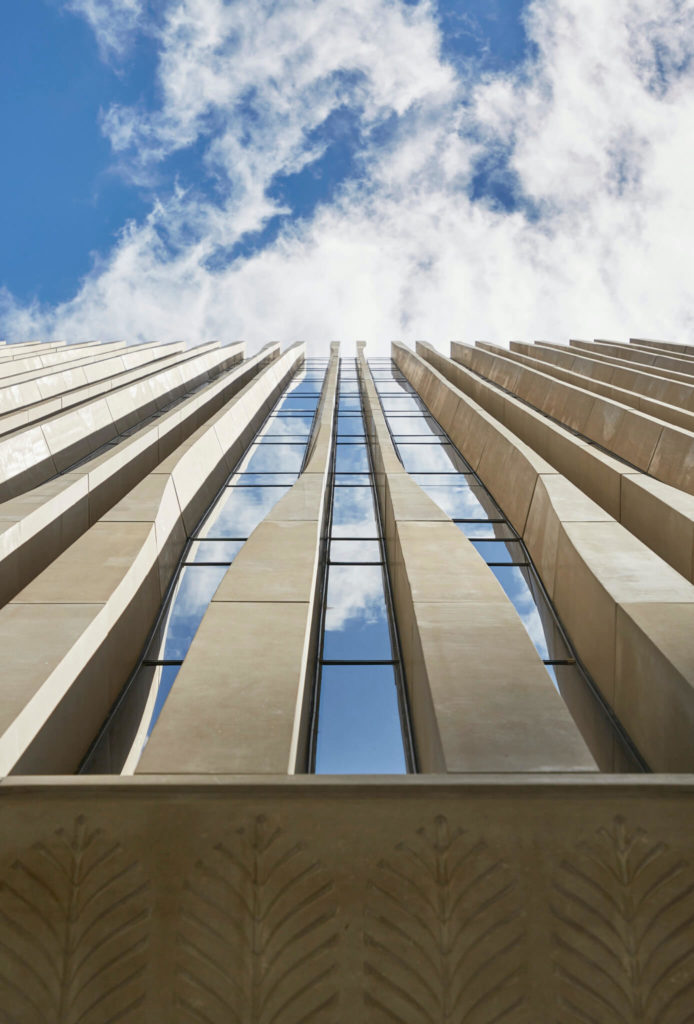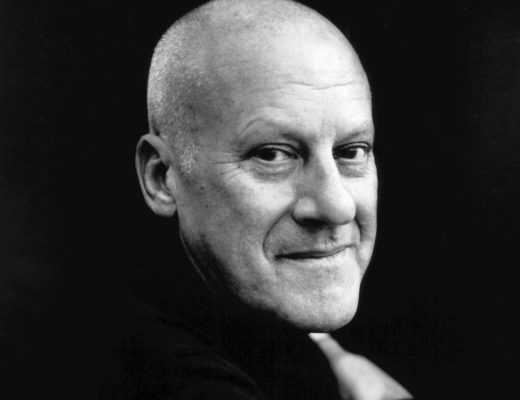The United Arab Emirates (UAE) has once again enlisted the help of one its favoured practices Skidmore Owings & Merrill (SOM) – the firm behind the iconic Burj Khalifa – for skyscrapers to design its new headquarters for the Permanent Mission to the United Nations in Midtown Manhattan. Located at 3 Dag Hammarskjold Plaza, the 75,000ft2 building responds contextually to its surrounding cityscape by blending into it.
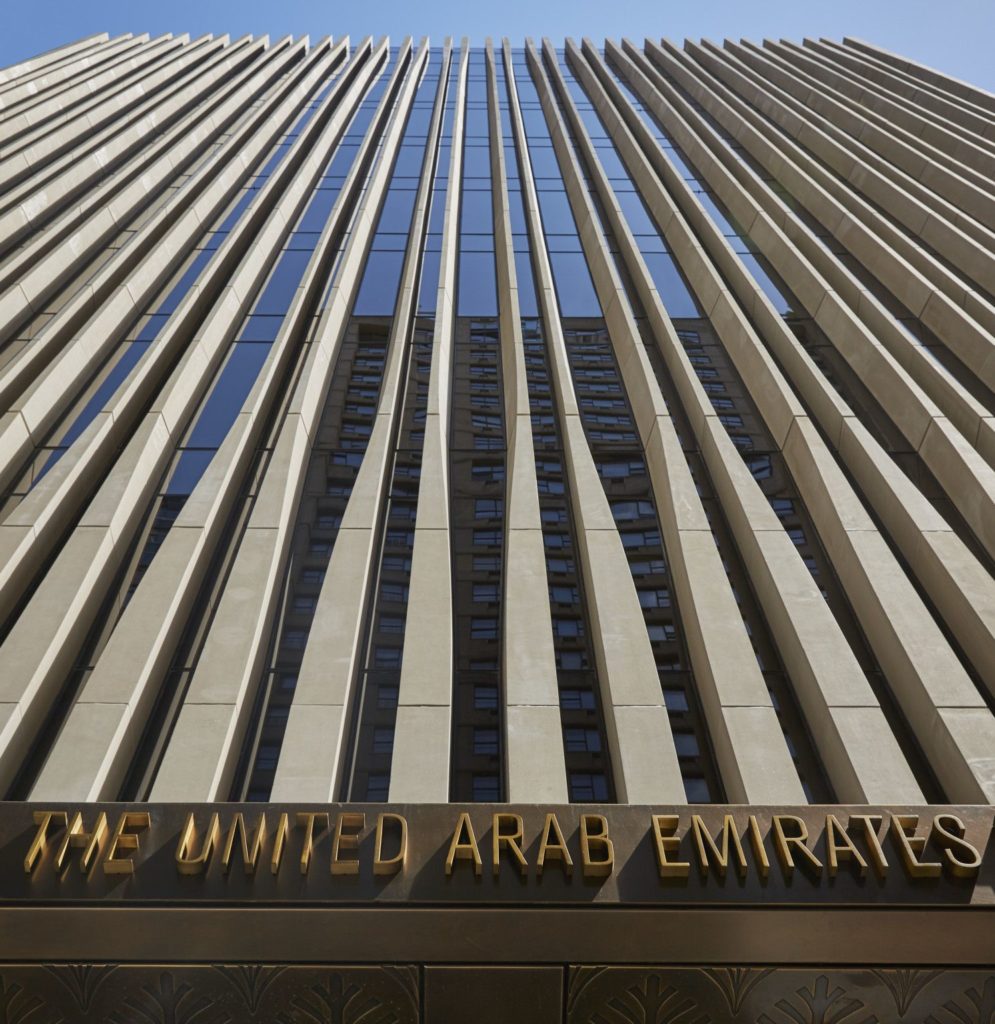
However, it was important for the Mission to incorporate elements of Middle Eastern leitmotif such as the palm leaves – it symbolises peace – that recurs throughout the building, including the limestone fins that mimic the palm tree trunk spread across the exterior. It is also carved into the building’s facade at the entrance.
Combining the traditional Middle Eastern influences with New York City’s urban architectural nuances, the team has used Indiana limestone that is also one of the key materials in the Rockefeller Center and the Empire State Building.
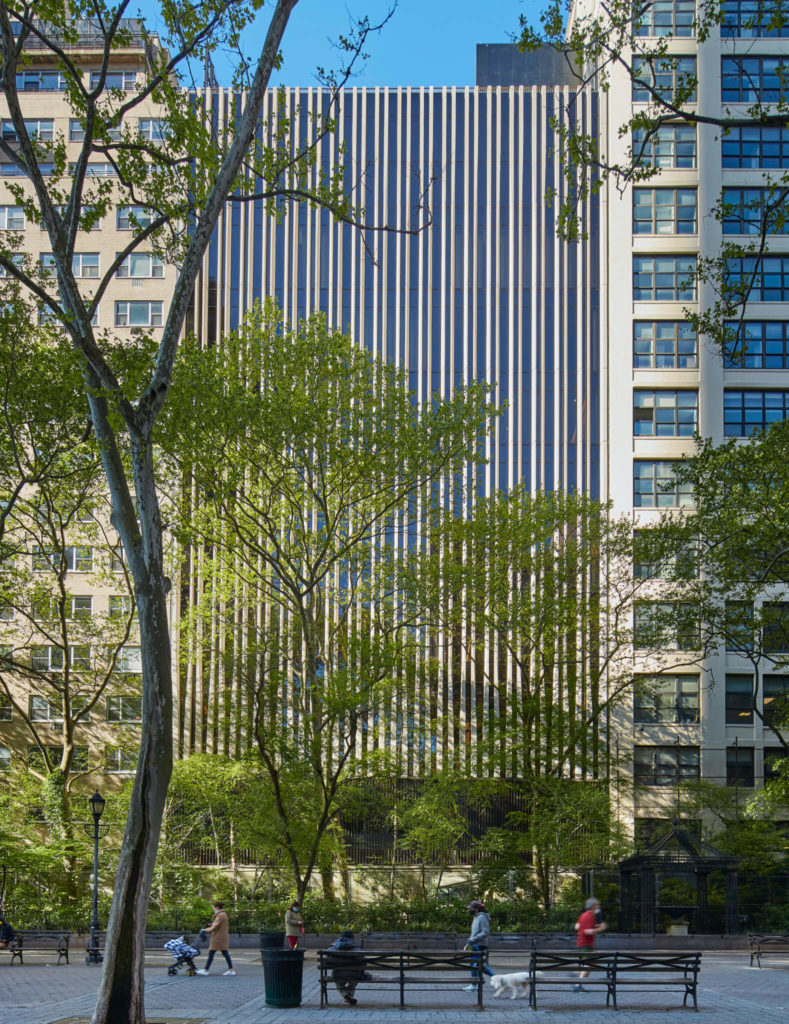
A 40-foot-tall double volume entry hall welcomes visitors into a courtyard-like area – a key feature of Arabesque architecture. The building is replete with the use of traditional materials such as Portuguese limestone at the entrance, dark Northern Canadian limestone on the entrance hall’s walls, floor, and ceiling as well as the sculptural staircase that leads to the second floor.
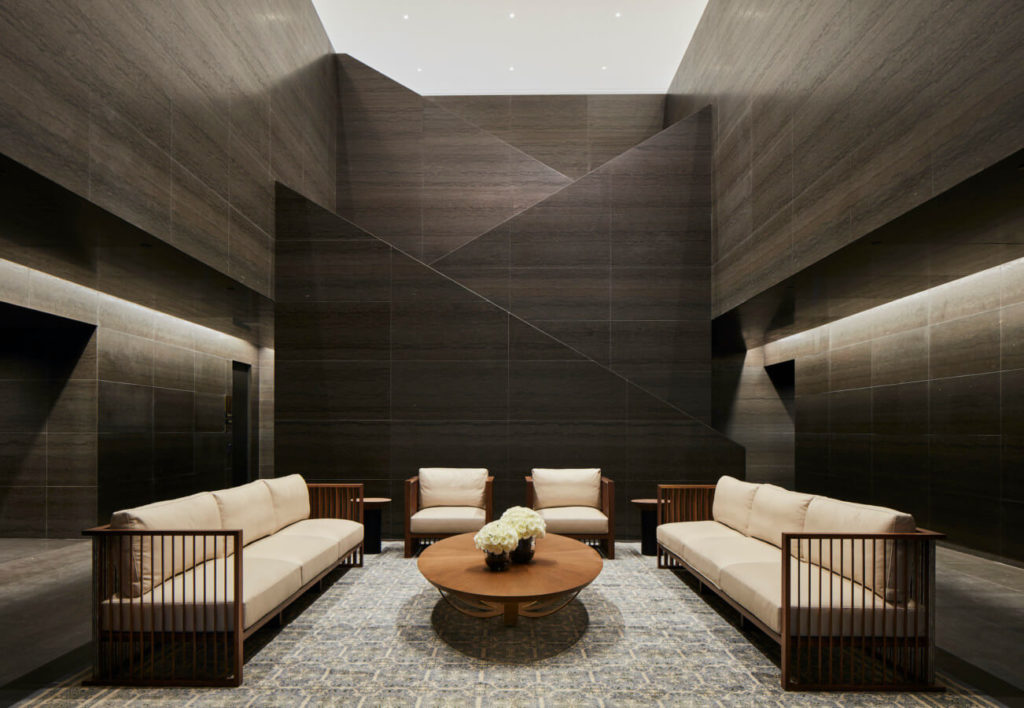
“Its architecture is designed to embrace the city – to harmonise with New York’s architectural past, while also reflecting the identity of the UAE and the traditions of Middle Eastern hospitality,” says the design team at SOM. Likening the building as being a Gesamtkunstwerk (a total work of art in German), the team added that “it is a work of art inspired by an all-encompassing vision, comprehensively executed down to nearly every detail, from the exterior to the interior finishes and furnishing.”

“Throughout the entire building, both inside and out, the architecture coalesces into a unified expression — one that builds upon an ethos of rigorousness that is essential to SOM’s work” notes a spokesperson from SOM. “There is a timelessness in its materiality, as well as a durability. The permanence of the material will make the new building of the UAE Mission to the UN a lasting work of architecture that will serve the UAE for decades to come.”
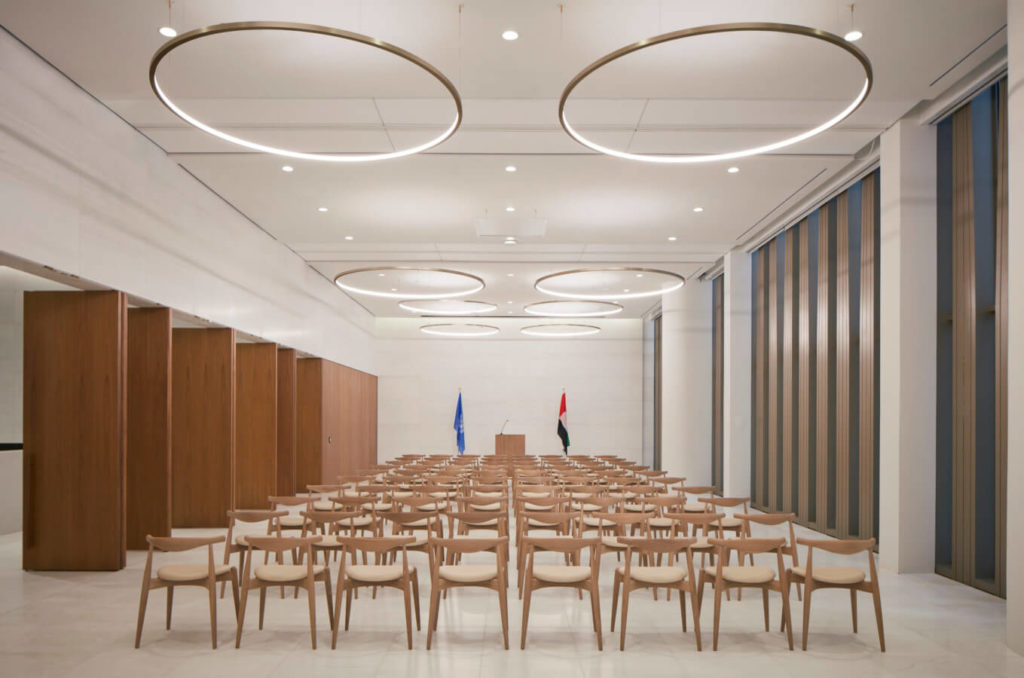
The second floor features a multipurpose room for lectures, meetings and gatherings, and is characterised by its generous use of Italian marble. A smaller versatile space serves as an auditorium as well as art gallery. Up a level on the third floor, there are staff lounges, a dining room, childcare and other amenities, featuring Calcutta marble and flatcut walnut on the wall panels. Levels four through six house staff offices and workspaces. The courtyard concept makes another appearance here as each of these three floors are laid out around a central lounge and reception area.
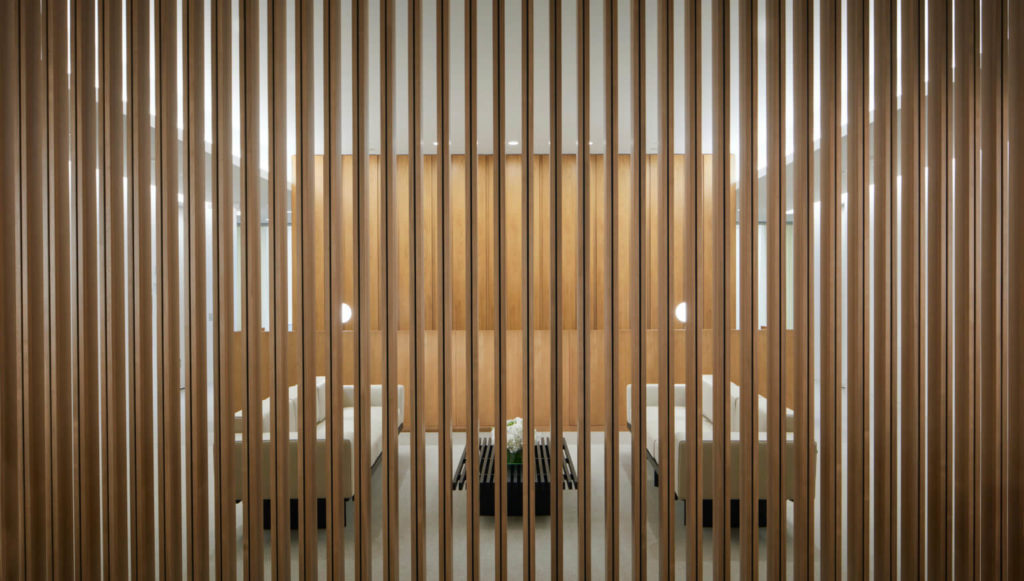
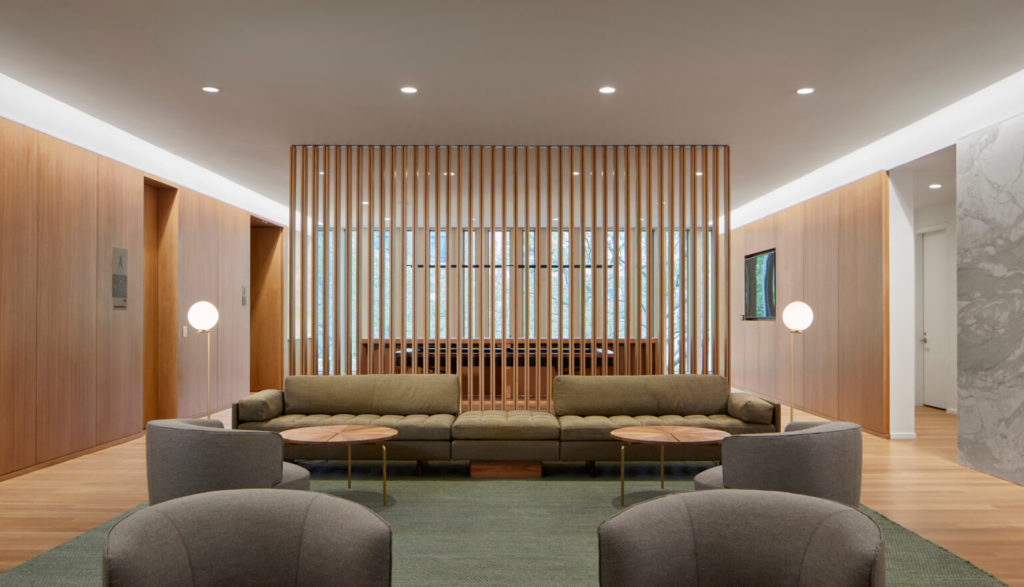
Surprisingly, the UAE mission chose to work with Lebanese designer Nada Debs, to create the custom furnishings including furniture and soft furnishings. The seventh and eighth floors feature executive offices that are furnished with Ms Debs’ custom furnishings and art.
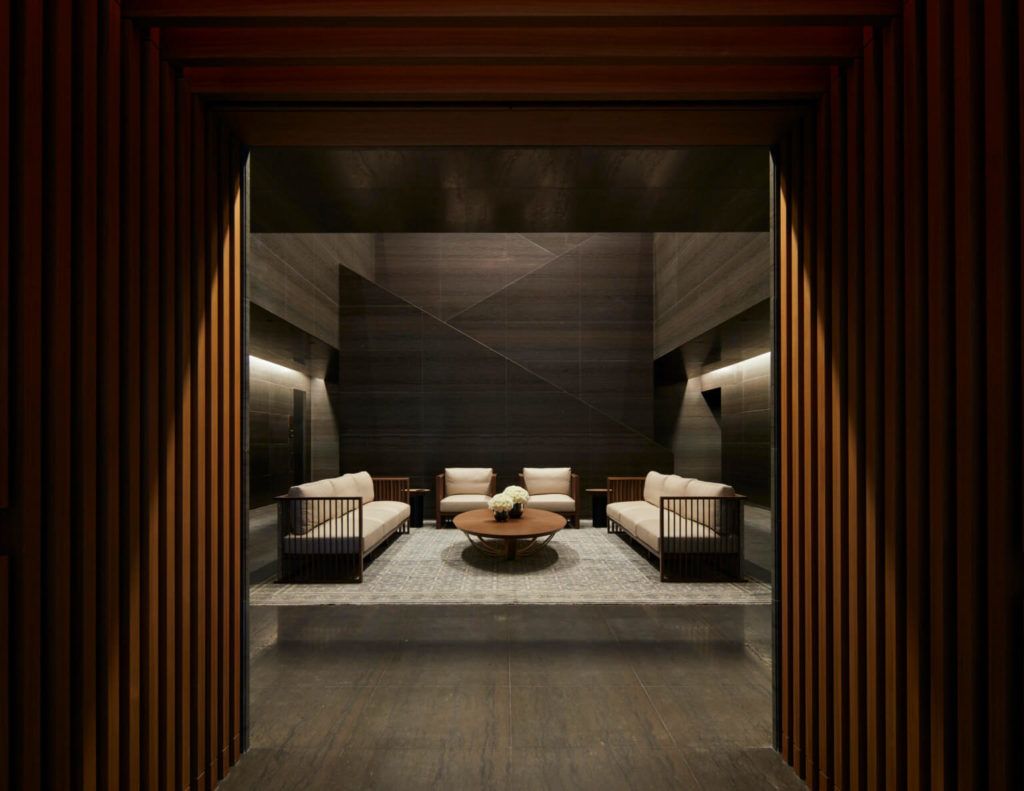
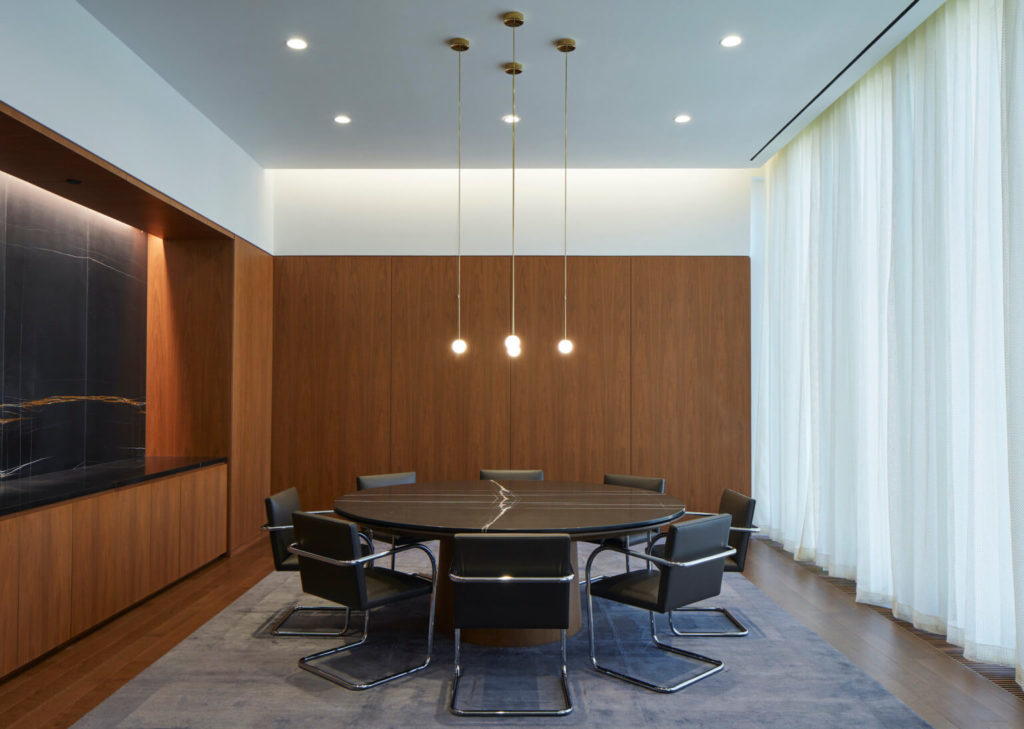
While the ninth floor houses the building’s MEP systems, the rooftop features a large verdant rooftop terrace conjoined with a stone-clad covered space accessible through a sliding glass door, and that can be used for events.
Photography: Dave Burk © SOM
You might also like:
Aedas to design futuristic Dubai fuel station inspired by local flora

